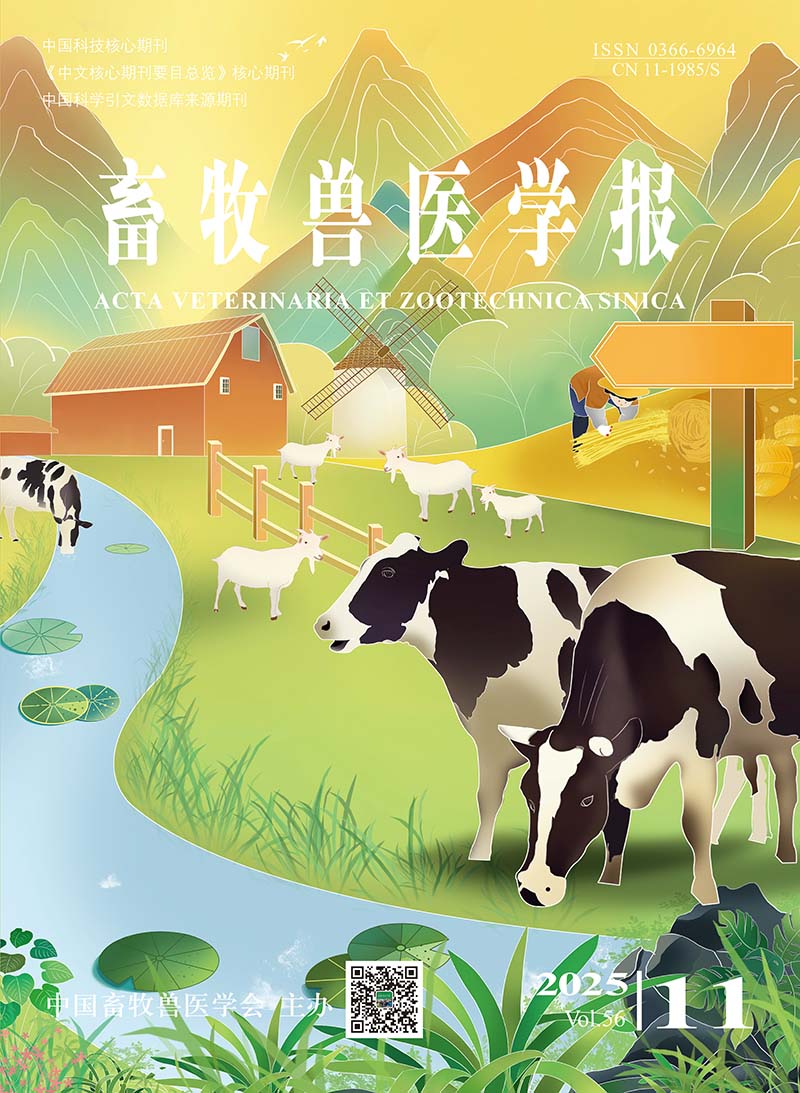-
Serological Investigation of Equid Herpesvirus-1 Infection in Some Areas of Xinjiang
- HU Yue, GAO Yanni, Jarhen, CHE Chuanzhong, WANG Xulei, JIANG Ping, RAN Duoliang, LIU Jianhua
-
2021, 52(3):
845-850.
doi:10.11843/j.issn.0366-6964.2021.03.029
-
 Abstract
(
461 )
Abstract
(
461 )
 HTML( )
HTML( )
 PDF (805KB)
(
409
)
PDF (805KB)
(
409
)
-
References |
Related Articles |
Metrics
This study aimed to investigate the epidemic status and characteristics of equid herpesvirus-1(EHV-1) infection in Xinjiang. One thousand six hundred and fifty-seven samples of horse sera were collected from Urumqi, Yili, Changji, Bazhou, from 2019 to 2020. Enzyme-linked immunosorbent assay (ELISA) was performed to detect EHV-1 antibody. Statistical analysis of the positive rate of EHV-1 antibody in different regions, breeds, genders and ages. The detection rate of Urumqi, Yili, Changji and Bazhou were 39.34%, 22.56%, 90.52% and 5.00%; The positive rate of Thoroughbred horse, Half-bred horse, Hasake horse, Yili horse, Yanqi horse, Przewalski's horse were 20.34%, 32.93%, 44.92%, 19.35%, 5.00%, 90.52%, respectively; The positive rate of Przewalski's horse and domestic horse were 90.52% and 29.32%, respectively. The positive rate of local variety and introduced variety were 31.70% and 25.50%; The positive rate of female and male were 38.84% and 22.00%; The positive rate of infancy, youth, adult, old age were 35.37%, 33.00%, 34.31% and 23.81%, respectively. The results indicated that EHV-1 infection was widespread in large-scale stud-farms in Urumqi, Changji, Yili and Baizhou of Xinjiang. The infection rates of EHV-1 in different regions, breeds, genders and ages were significantly different (P<0.05). This study provides survey data for the research and prevention of EHV-1 infection in the region.






